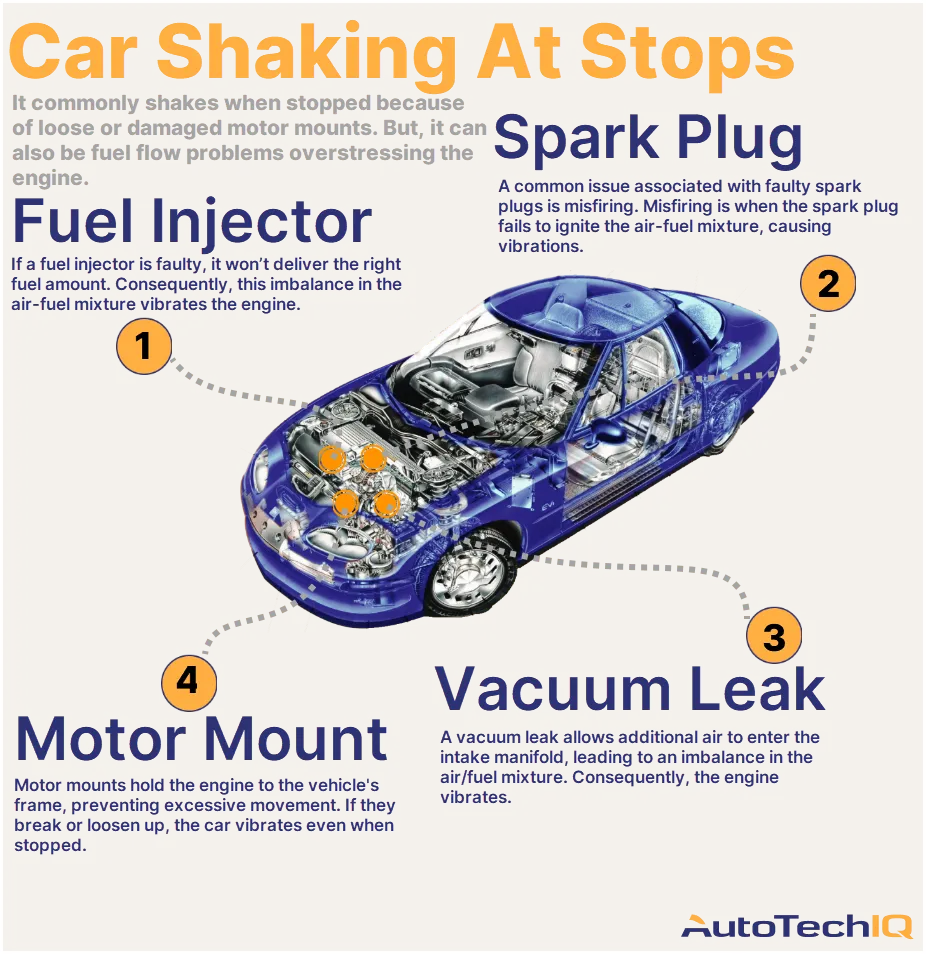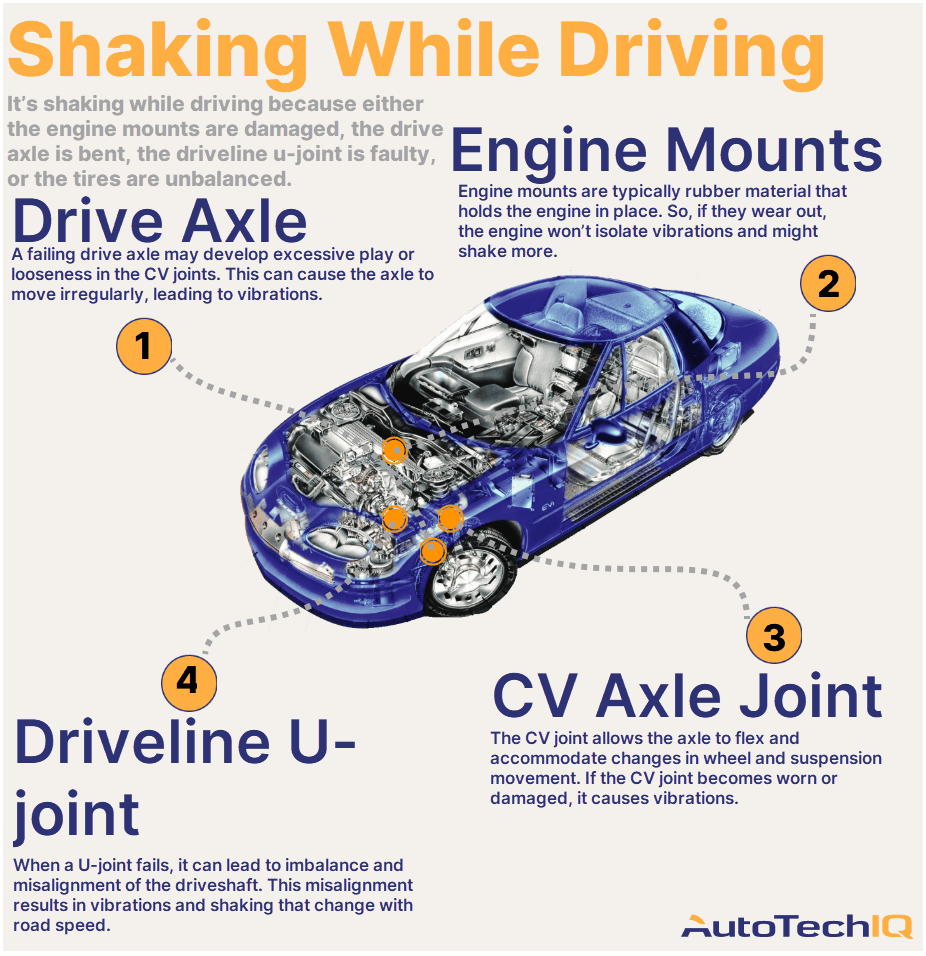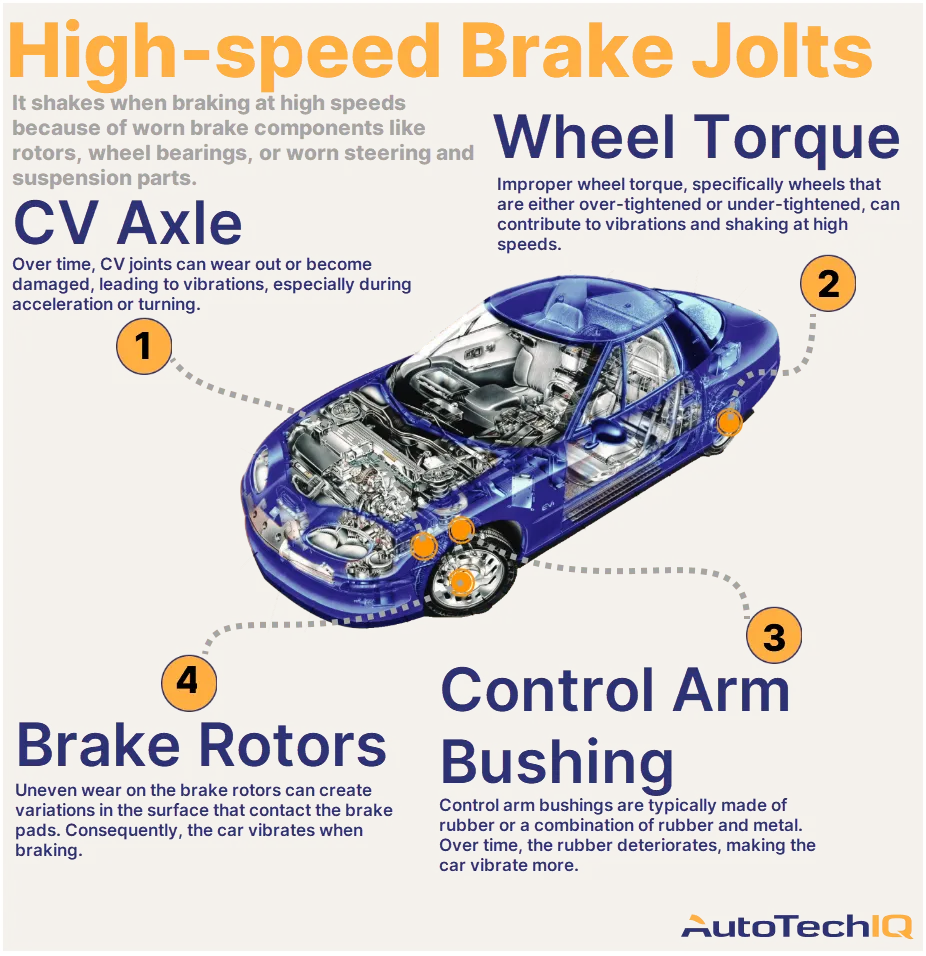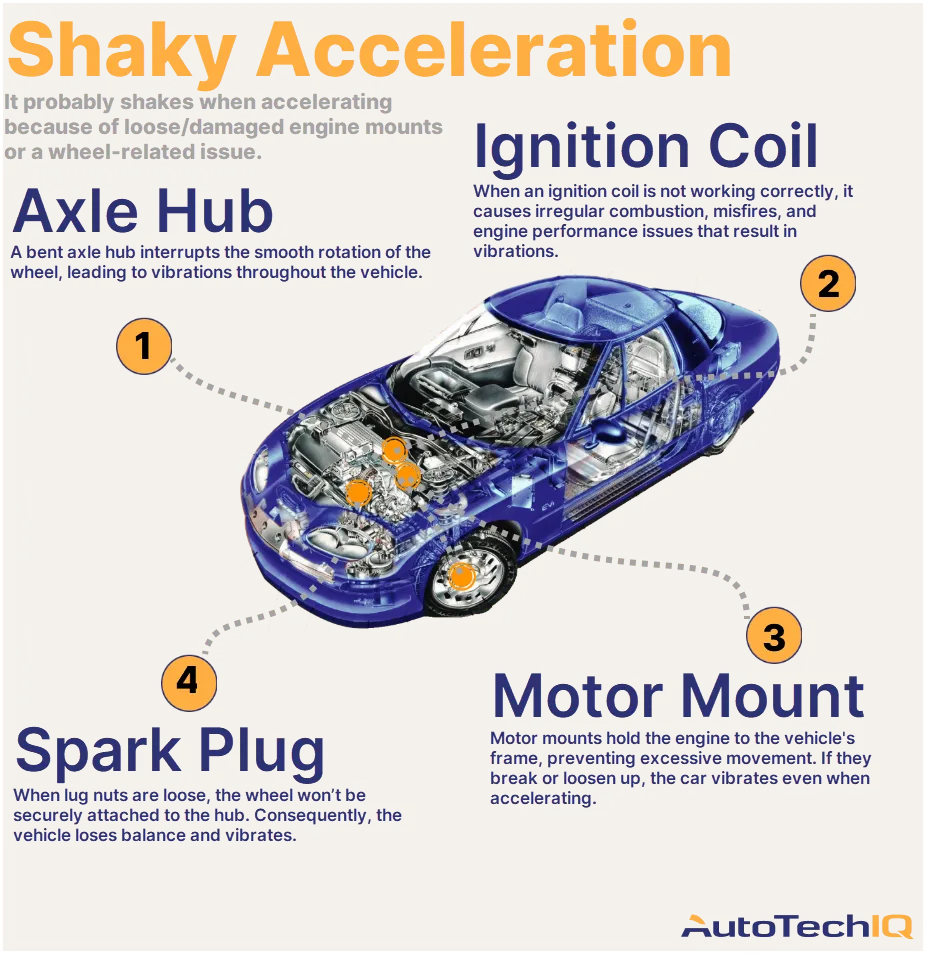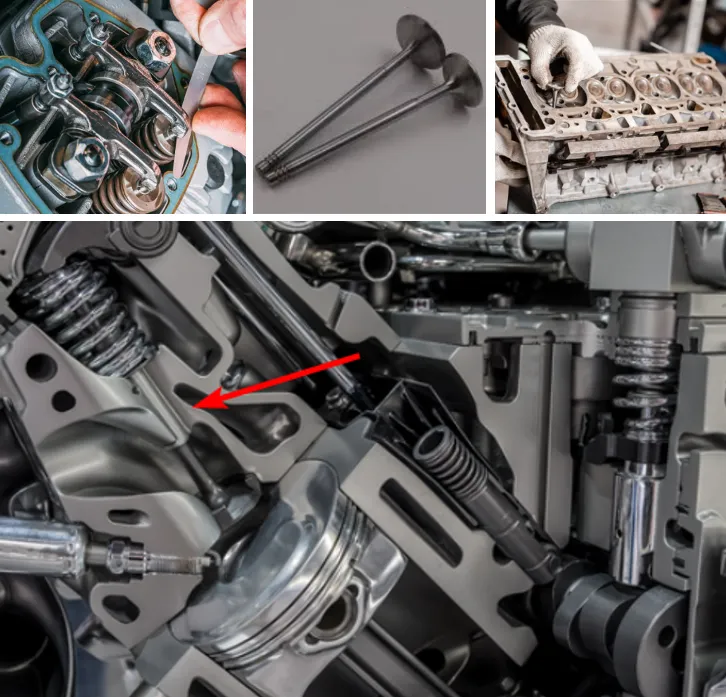
Engine valves are components of a car's engine injection system, tasked with supplying the cylinders with the fuel-air mixture and evacuating the exhaust gases. There are two types of valves - intake and exhaust, which alternately open at the right time to fill and evacuate gases from the cylinder. Their operation is controlled by the camshaft, which has special cams that act on the upper part of the valve to open the channel into the cylinder. There are several designs of the drive mechanism - the camshaft can act on the valves almost directly, pressing the cam on the pushrods, or through special rocker arms. In any case, there is a feature in the design: a thermal gap between the camshaft cam and the valve mechanism part that opens the valve. This is because the operating temperature of engine parts, especially the valve mechanism and the valves themselves, is very high, and metal tends to expand when heated, which leads to the elongation of the valve. The thermal gap is necessary to compensate for this expansion, and adjusting this gap is known as "valve adjustment."
Signs indicating the need for a driver to visit a service center for valve adjustment include:
- Characteristic metallic periodic knocks when the engine is running, especially if they do not disappear when the engine is warmed up.
- Decreased power and, consequently, poorer acceleration.
- Increased fuel consumption.
- Unstable idle speed.
Before repair work, one can use engine decoking - a deep cleaning procedure for engine parts from carbon deposits and other residues. When engine oil is thermally destroyed and unburned fuel residues on pistons, rings, and valves form coke deposits, they hinder the normal operation of the engine. Engine decoking can minimize negative consequences.
Methods of adjustment:
- Automatic. It is performed using hydraulic lifters already provided in the engine. The distance is adjusted by oil pressure, which changes depending on the situation. If such a device is present, adjustment is not required; instead, one should monitor the condition of the hydraulic lifters. If they are absent due to the motor's design features, it is better to carry out the adjustment in a service center.
- Adjustment with screws. In this case, the master uses an adjusting screw on the lifter that interacts with the valve. The screw rotates and approaches the valve, reducing the gap, or moves away from it, increasing the gap. A special feeler gauge is used to control the gap.
- Adjustment using special washers of different thicknesses. A common method that requires a high qualification of the performer. The adjustment is made exclusively with the shim or is changed in conjunction with the lifter. The difficulty of such adjustment lies in the need to dismantle the lifter and install a new part with different dimensions in its place.
Valve adjustment on engines where such actions are provided as part of service maintenance is an important and responsible procedure. If you do not adjust the valves in the engine, you can significantly reduce the resource of the valve train, which will lead to the need to remove the cylinder head, replace valves, camshaft, valve lifters, and seats.


